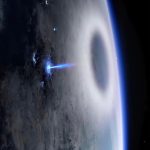Feature image credit: cosmic_background
Key Takeaways
- Earth’s moon has a mean radius of 1,079.6 miles and a mean diameter of 2,159.2 miles, making it less than a third the size of Earth.
- The moon’s surface area is about 14.6 million square miles, less than the total surface area of Asia.
- The moon’s mass is about 1.2% of Earth’s mass, and its gravitational force is approximately 16.6% of Earth’s gravity.
- The moon’s orbit is not circular, leading to variations in its distance from Earth, resulting in the phenomenon of a supermoon.
- The moon illusion, where the moon appears larger on the horizon, is a fascinating optical effect that lacks a universally accepted explanation.
Earth’s moon, the brightest object in the night sky, captivates our attention, but have you ever wondered just how big it is? With a mean radius of 1,079.6 miles and a mean diameter of 2,159.2 miles, the moon measures less than a third of Earth’s size, according to NASA. However, its proximity, being around 238,855 miles away on average, can create the illusion of greater size. Interestingly, the moon boasts a unique ratio compared to its planet, as it is more than a quarter (27 percent) the size of Earth. Let’s explore some intriguing lunar stats.
The moon’s mass is about 7.35 x 10^22 kg, merely 1.2% of Earth’s mass, resulting in a gravitational force about 16.6% of our planet’s gravity. This reduced gravity offers a chance for moonwalkers to experience jumping almost six times farther than on Earth. Additionally, the moon’s surface area, roughly 14.6 million square miles, is smaller than Asia’s total land area. Moreover, the moon’s gravitational field, intricately connected with its surface features, has been mapped in detail by NASA’s GRAIL mission.
A remarkable lunar phenomenon, the supermoon, occurs when the moon is at its closest point to Earth during its elliptical orbit. This spectacular event grants us the sight of a moon that appears 14% larger and 30% brighter than usual. The moon illusion, another puzzling effect, plays with our perceptions of the moon’s size on the horizon compared to overhead. Although ancient, the precise explanation for this illusion remains uncertain.

Earth’s moon continues to be a fascinating celestial body, offering insights into our solar system and beyond. As we marvel at its beauty and study its mysteries, it remains a crucial celestial body to expand our cosmic understanding.
Read full article on Space.com
#1

The moon is a little more than one quarter the size of Earth. The Deep Space Climate Observatory satellite captured the moon and Earth together as the orbit of the satellite crosses the orbital plane of the moon. (Image credit: NASA/NOAA)
#2
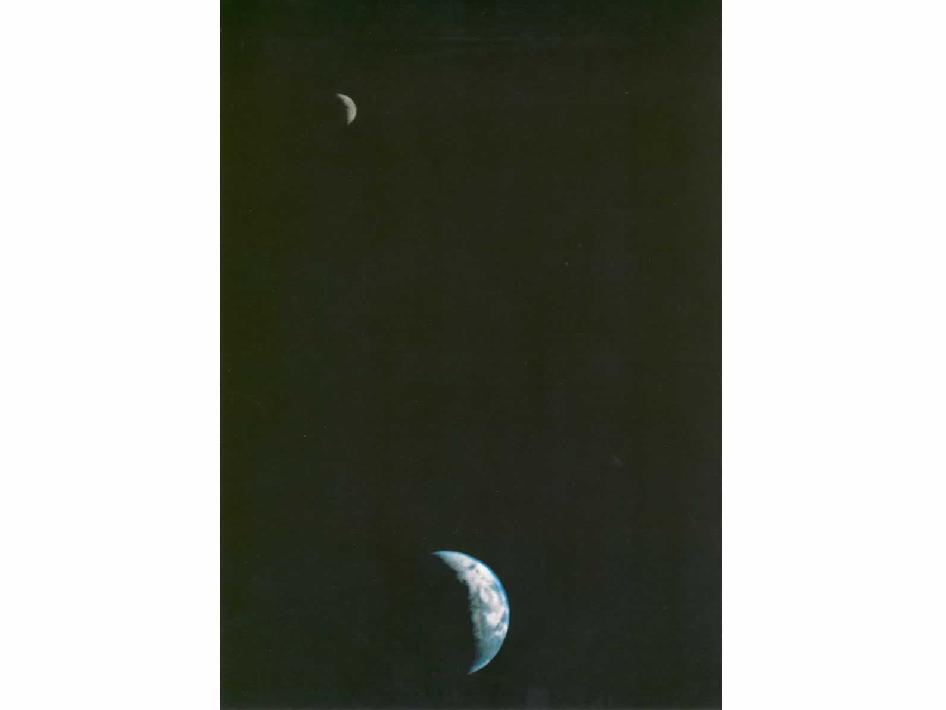
The picture of the Earth and Moon in a single frame, the first of its kind ever taken by a spacecraft, was recorded September 18, 1977, by NASA’s Voyager 1 when it was 7.25 million miles (11.66 million kilometers) from Earth.
#3

The image was captured by the Chang’e 5-T1 spacecraft’s service module as it orbited Earth at a distance of about 336,000 miles from Earth and 572,000 miles from the Moon. By comparison, the “Blue Marble” photo captured by Apollo 17 was shot at a distance of about 28,000 miles.
#4
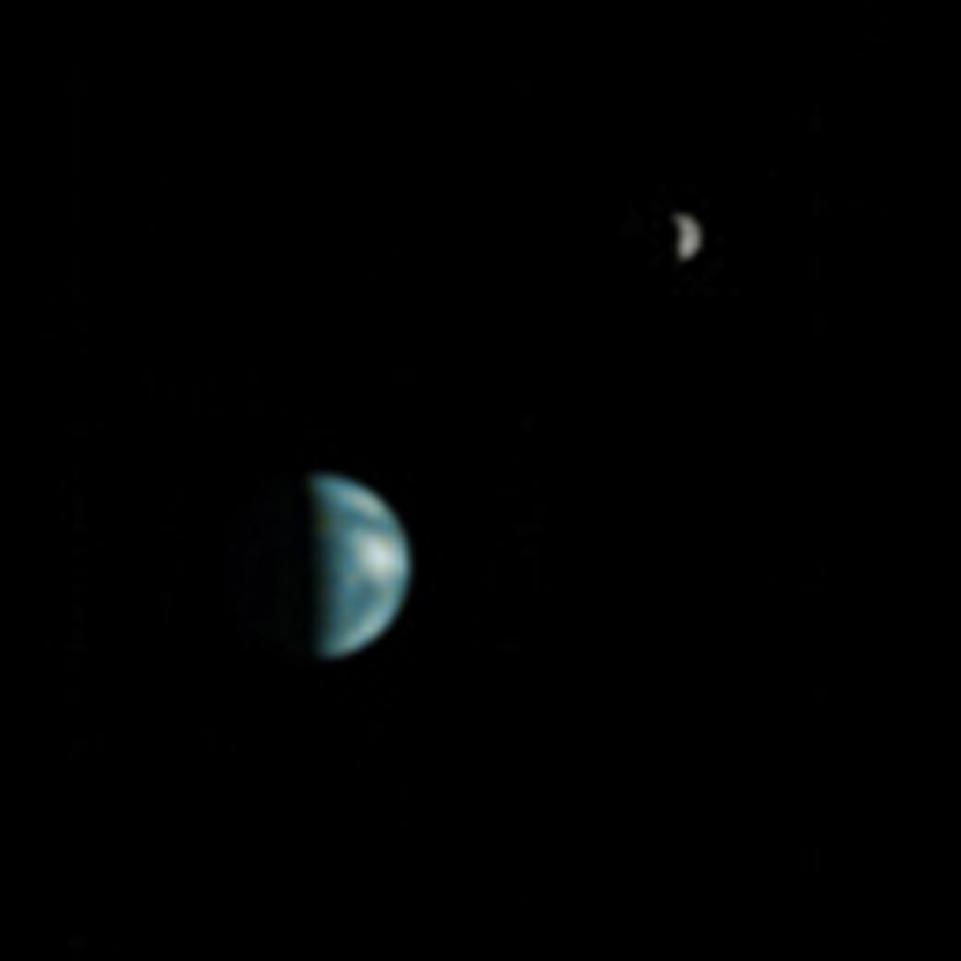
Earth and Moon as viewed from Mars. Credit NASA/JPL-Caltech/Malin Space Science Systems
#5
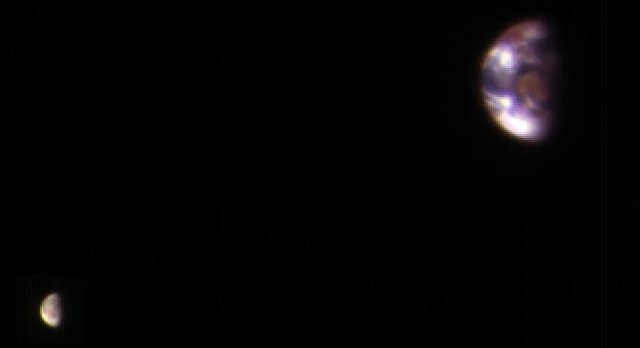
Another Earth and Moon as viewed from Mars. CREDIT NASA/JPL-Caltech/Univ. of Arizona
#6
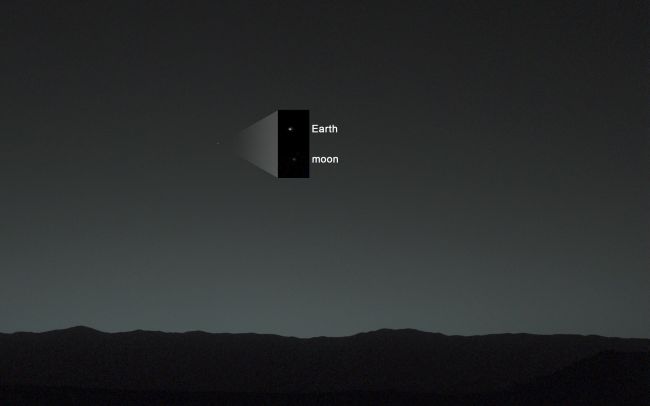
NASA’s Mars rover Curiosity took this photo of Earth from the surface of Mars on Jan. 31, 2014, 40 minutes after local sunset, using the left-eye camera on its mast. The inset shows a zoomed-in view of the Earth and moon in the image. (Image credit: NASA/JPL-Caltech/MSSS/TAMU)
#7

The Earth and Moon As Seen by 2001 Mars Odyssey
#8

Earth (on the left) and the moon (on the right) were seen by NASA’s Juno spacecraft on Aug. 26, 2011, when the spacecraft was about 6 million miles (9.66 million kilometers) away. The photo was taken by the spacecraft’s onboard camera, JunoCam. (Image credit: NASA/JPL-Caltech )

